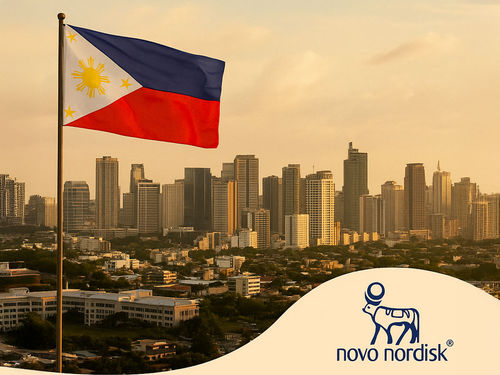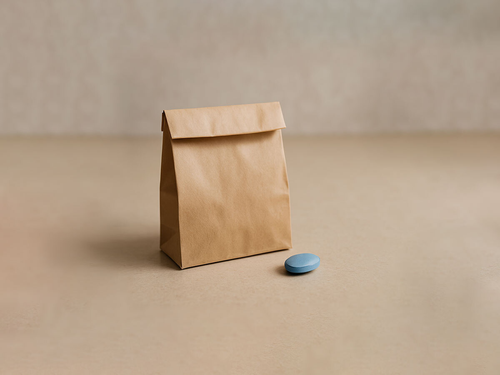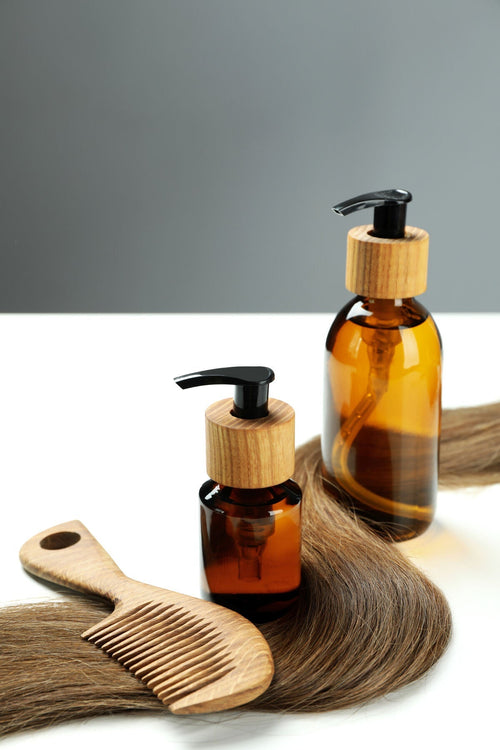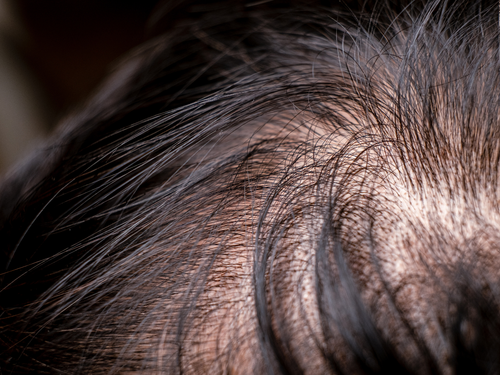

Imagine waking up with itchy, flaky skin around your scalp, eyebrows, or even your nose. It’s not just dandruff—it might be seborrheic dermatitis, a common yet often misunderstood skin condition that affects many Filipinos. Whether you're mistaking it for dry skin or treating it as an allergy, seborrheic dermatitis requires proper care to avoid flare-ups.
This guide breaks down what seborrheic dermatitis is, why it's so common in the Philippines, how to treat it effectively, and when to seek professional help. Let’s clear the confusion—and your skin.
What Is Seborrheic Dermatitis?
Seborrheic dermatitis is a chronic inflammatory skin condition that causes red, scaly, and itchy patches. It's most commonly found on the scalp, but it can also affect oily areas like the face, chest, and back. In infants, it's known as cradle cap. This condition is linked to an overgrowth of Malassezia, a type of yeast that naturally lives on our skin. When it multiplies excessively, it triggers inflammation and flaking. Environmental factors, stress, genetics, and hormonal changes can all play a role.
Harvard Health explains that while it's not contagious, it tends to come and go in cycles—worsening during colder months or stressful periods. Some people may only experience mild dandruff, while others have more noticeable, persistent patches that require regular treatment. Because it's a chronic condition, management—not cure—is the goal.
Why Is It Common in the Philippines?
Seborrheic dermatitis is especially prevalent in tropical climates like the Philippines. The hot, humid weather encourages sweat and oil production, which in turn promotes the growth of Malassezia. Combine this with high air pollution levels in urban areas and limited skin care resources in rural regions, and you've got a perfect storm for seborrheic flare-ups. Additional local triggers include frequent sweating, harsh grooming products, and stress from fast-paced urban lifestyles. Many motorcycle riders and commuters often wear helmets or hats for long hours, trapping heat and sweat around the scalp.
According to the National Institutes of Health (NIH), heat and humidity are primary risk factors for flare-ups, making prevention even more crucial in our local environment. In many Filipino households, skincare can take a backseat due to busy routines, budget limitations, or lack of awareness. This makes it more likely that people will try home remedies or ignore symptoms—both of which can make the condition worse over time.
What Does Seborrheic Dermatitis Look and Feel Like?
Symptoms can vary depending on the affected area, but generally include red or yellowish patches of skin with greasy scales, itchy sensations—especially on the scalp or eyebrows—and dandruff-like flaking. Some people may also notice stinging or sensitivity when using certain skincare products. In darker skin tones, which is common among Filipinos, inflammation may appear lighter or darker than surrounding skin, making it harder to detect. This sometimes leads to underdiagnosis or mistreatment.
Some people may confuse seborrheic dermatitis with psoriasis, eczema, or even allergic reactions. However, its pattern of recurring flare-ups in oil-rich areas and its greasy, yellowish flakes are more specific. If you experience persistent dandruff that doesn’t improve with regular shampoo, or flaky patches on your face, it may be more than just dryness.
Effective Treatments for Seborrheic Dermatitis
There’s no permanent cure, but it can be controlled with proper skincare and treatment. Here are some of the most effective solutions:
-
Medicated shampoos that contain ingredients like ketoconazole, selenium sulfide, salicylic acid, or zinc pyrithione help reduce fungus and flaking.
-
Topical antifungal creams, such as ketoconazole 2%, are useful for flare-ups on the face and body.
-
Anti-inflammatory treatments, including mild corticosteroids or calcineurin inhibitors, help relieve redness and itching.
To support your treatment routine, make sure to:
-
Wash your face and scalp regularly with lukewarm water.
-
Use fragrance-free cleansers and moisturizers to avoid irritation.
-
Alternate between medicated and regular shampoos to reduce dryness.
Everyday Skincare Tips for Managing Flare-Ups
Consistency in skincare can prevent flare-ups. Make it a habit to wash your face twice a day using a gentle, non-drying cleanser. Moisturizing is key—look for fragrance-free, non-comedogenic options that won't irritate sensitive skin. Use an anti-dandruff shampoo two to three times a week, and rinse thoroughly. You can follow up with a hydrating conditioner if your hair feels dry, but avoid applying it directly to the scalp. It helps to wear breathable clothing during commutes or hot days to reduce sweating while limiting sun exposure, especially during peak hours, and apply non-irritating sunscreen if you're outdoors often. You may also want to avoid alcohol-based toners or harsh exfoliants that strip the skin.
Even high stress levels can worsen seborrheic dermatitis. Incorporate calming routines into your day—try journaling, meditation, or regular exercise. If you work in a high-pressure job or have irregular hours, adding simple habits to your daily routine like stretching or breathing exercises can lower stress hormones that aggravate your skin.
When to See a Dermatologist
Not all cases can be managed at home. You should consult a dermatologist if you experience the following:
-
Flaking spreads beyond the scalp
-
You experience hair thinning or loss
-
Patches become painful or start to ooze
-
Regular treatments no longer work
-
Your self-esteem or daily life is being affected
Use online medical platforms to reach and consult dermatologists without having to bear the commute. These are great options for those in rural areas, with tight schedules, or just prefer to do a teleconsultation at the convenience of staying at home.
Manage Seborrheic Dermatitis With Confidence
Seborrheic dermatitis may be chronic, but it doesn’t have to control your life. With the right skincare, awareness of your triggers, and guidance from experts, you can keep flare-ups in check and feel more confident in your skin.
If you suspect you have seborrheic dermatitis or are struggling with recurring dandruff or facial irritation, don’t wait. Get the right diagnosis and take control of your skin today. Knowledge is key and could prevent any serious conditions that could affect your health.
Joining Filipino skincare forums, online support groups, or reading up on comprehensive health guides can also provide emotional support and help you find tried-and-tested solutions from experts or others with similar experiences.

Explore More Guides and Articles You'll Love
Explore our latest guides and articles to help you learn more about the latest trends in the industry.

Androgenic Alopecia
The term Androgenic Alopecia might sound technical and intimidating, but it is simply the medical name for the most common type of hair loss in the world. For Filipino men, it is more commonly known as male pattern baldness. If you are noticing a receding hairline, a thinning "bumbunan" (crown), or that your hair just does not feel as thick as it used to, it is overwhelmingly likely that Androgenic Alopecia is the cause.

Tinea Capitis
If you have ever noticed an itchy, scaly, and circular rash on your scalp, you might be dealing with Tinea Capitis. More commonly known as scalp ringworm or "buni sa anit" in the Philippines, this condition is not caused by a worm at all, despite its name. It is a highly contagious fungal infection that affects the scalp and hair shafts, leading to significant irritation, itching, and sometimes patchy hair loss.

Club Hair
In this post, we’ll explain what club hair really is, how to distinguish it from unhealthy shedding, and what it can tell you about your scalp health. We’ll also dive into what’s normal, what’s not, and what you can do if you notice excessive hair loss.












